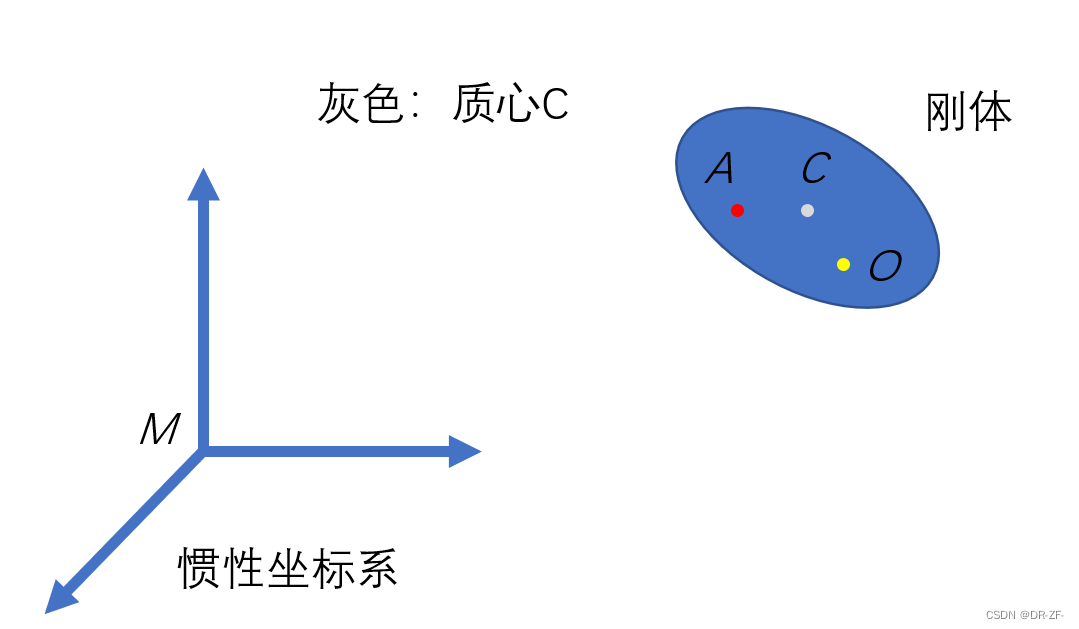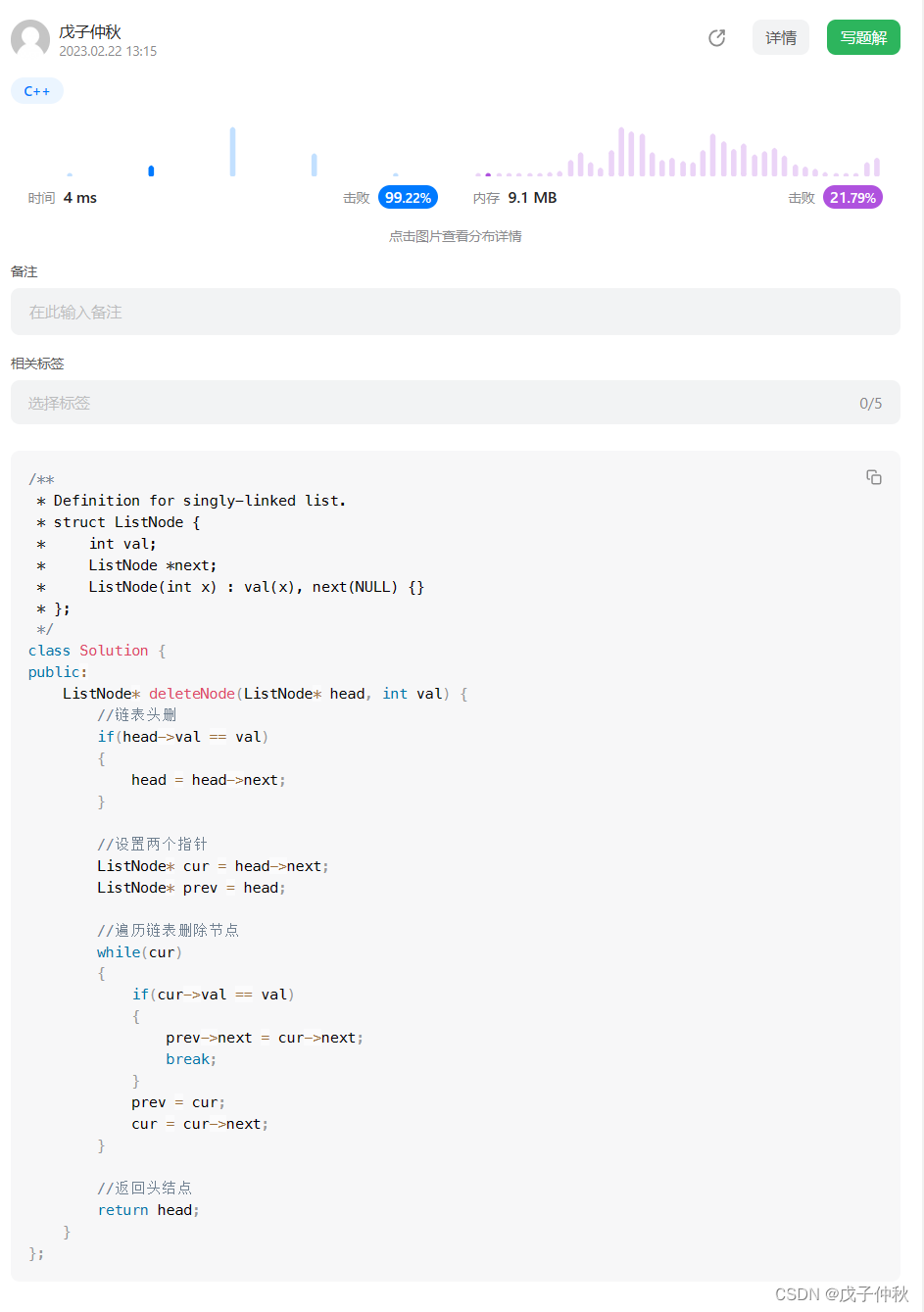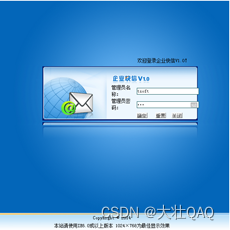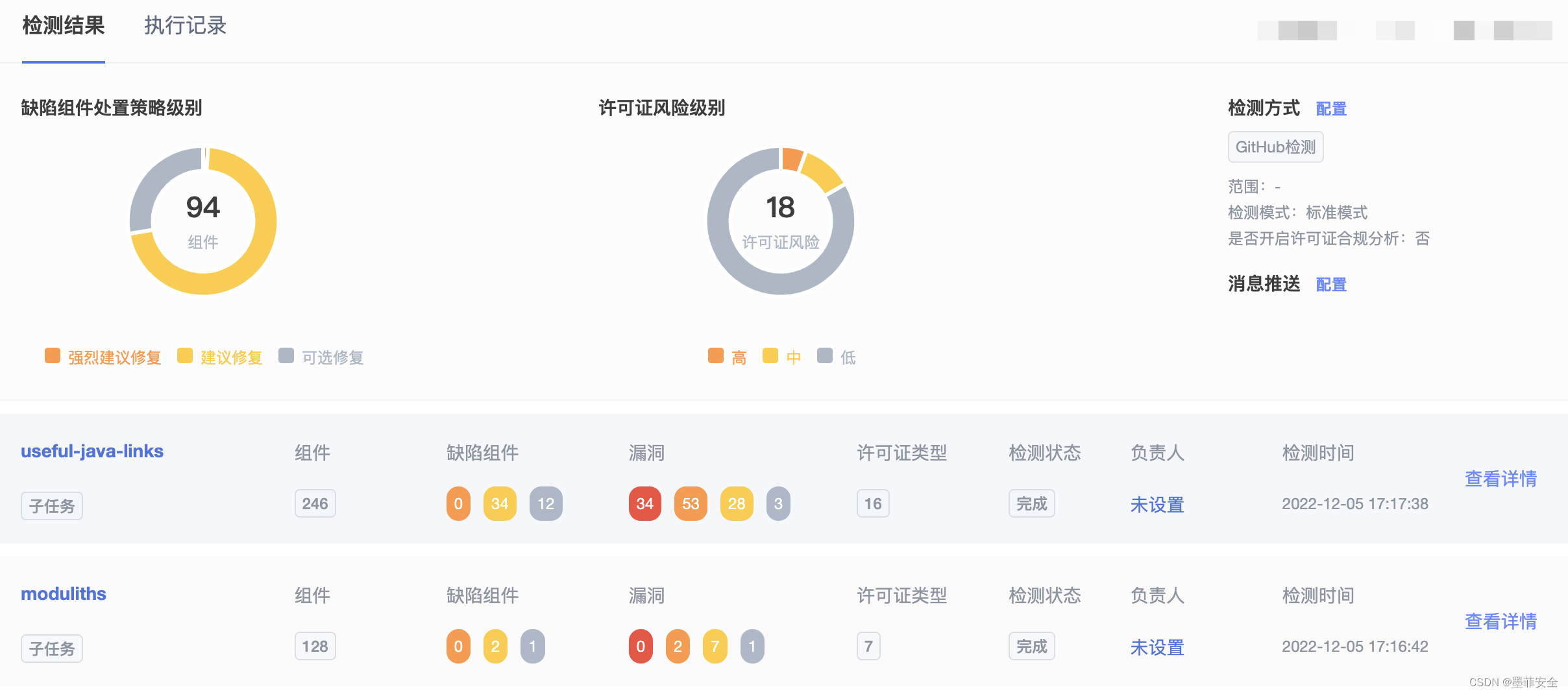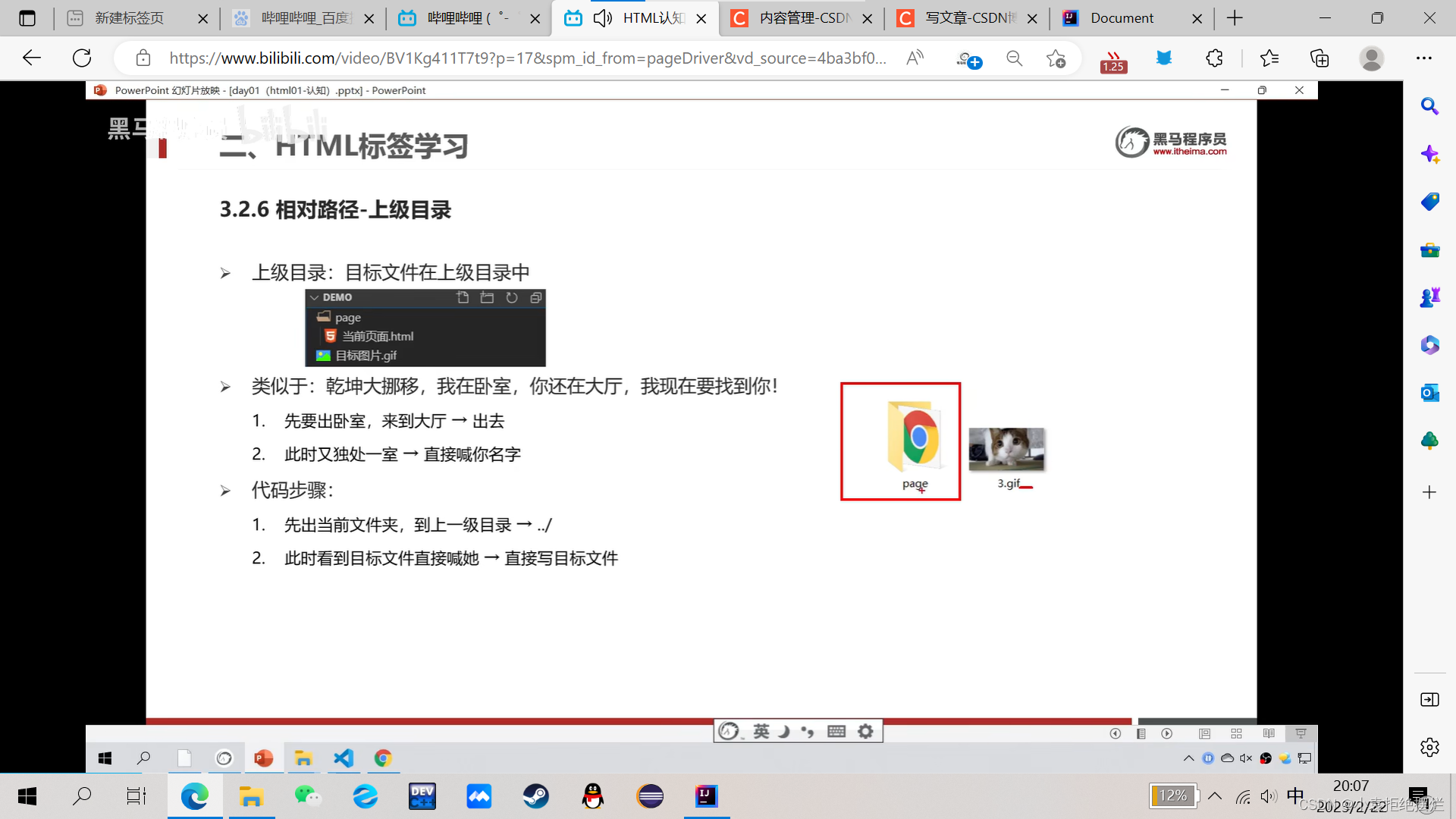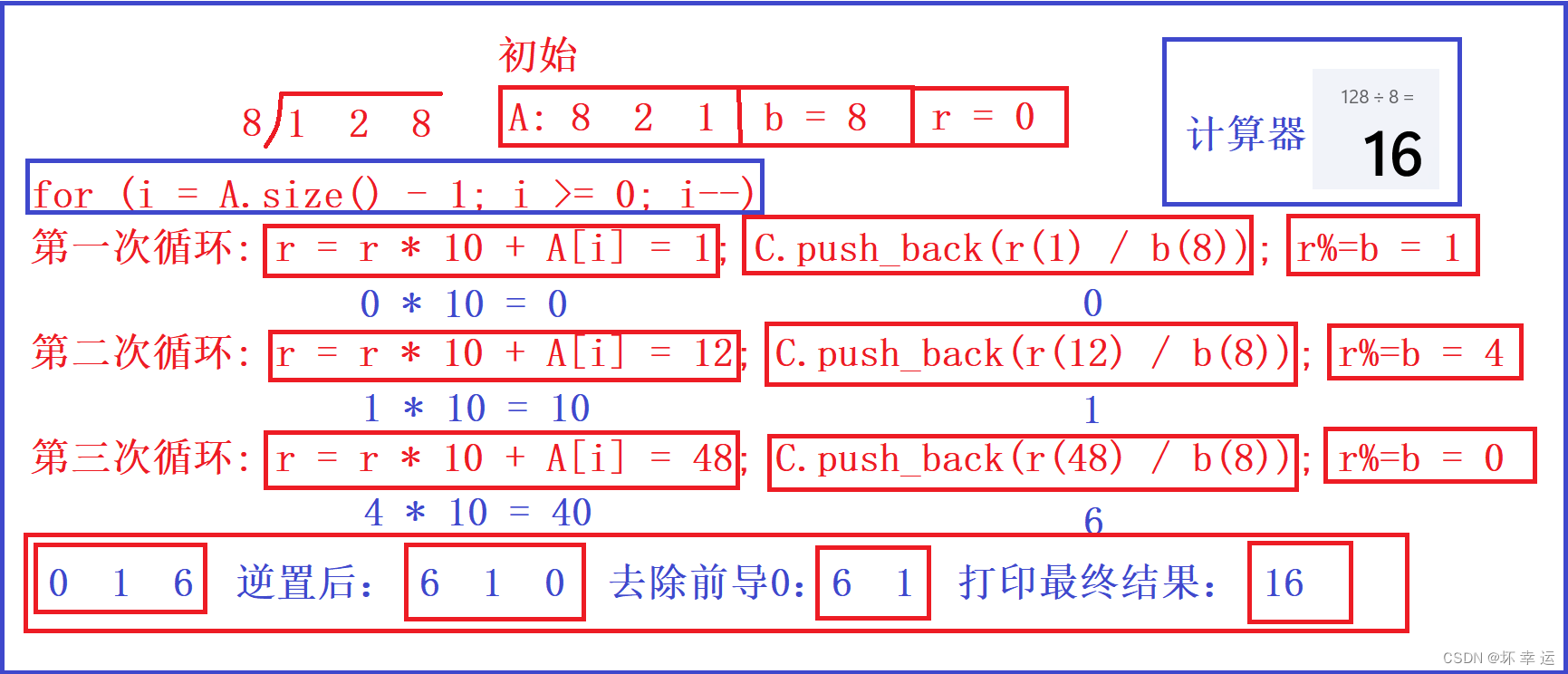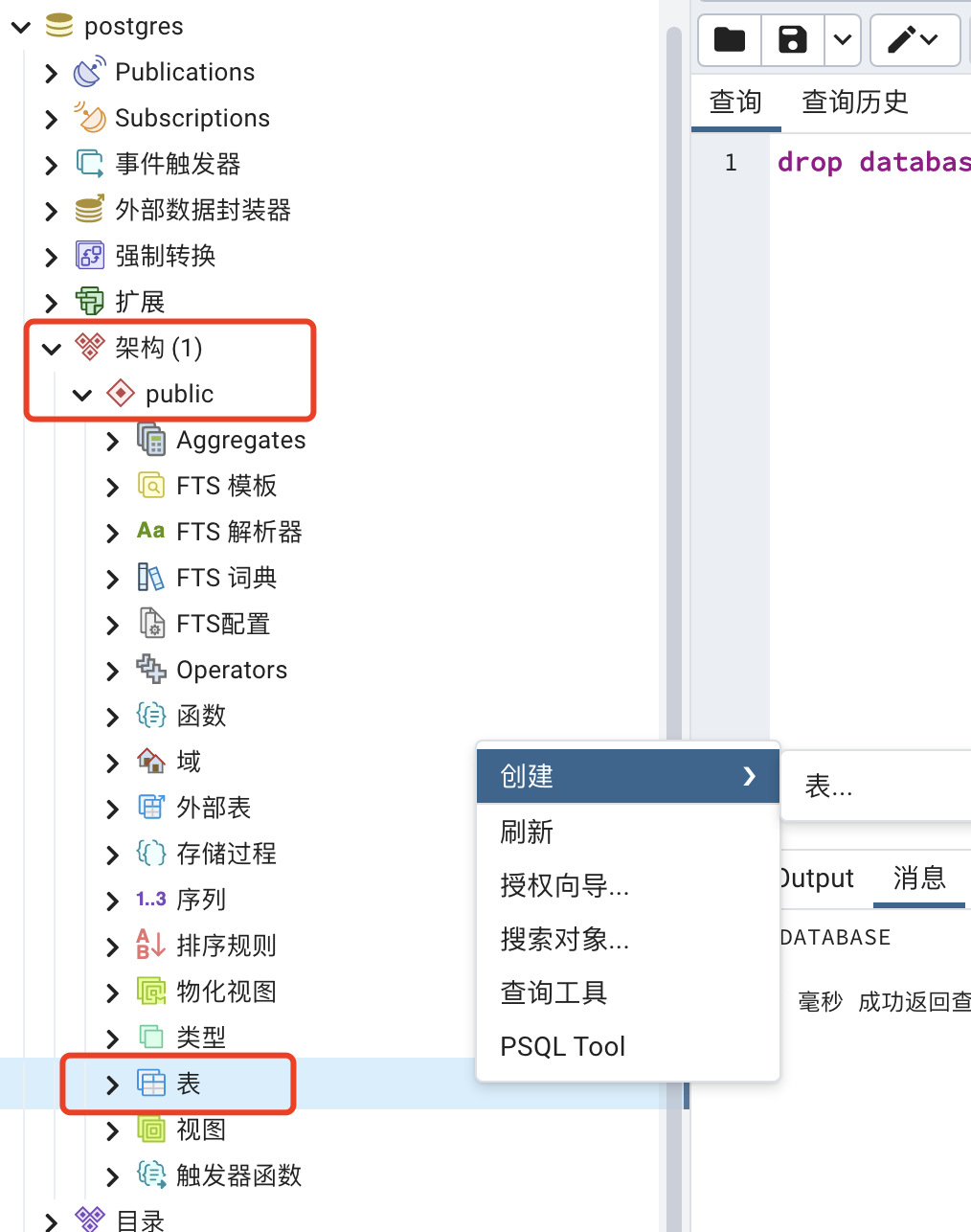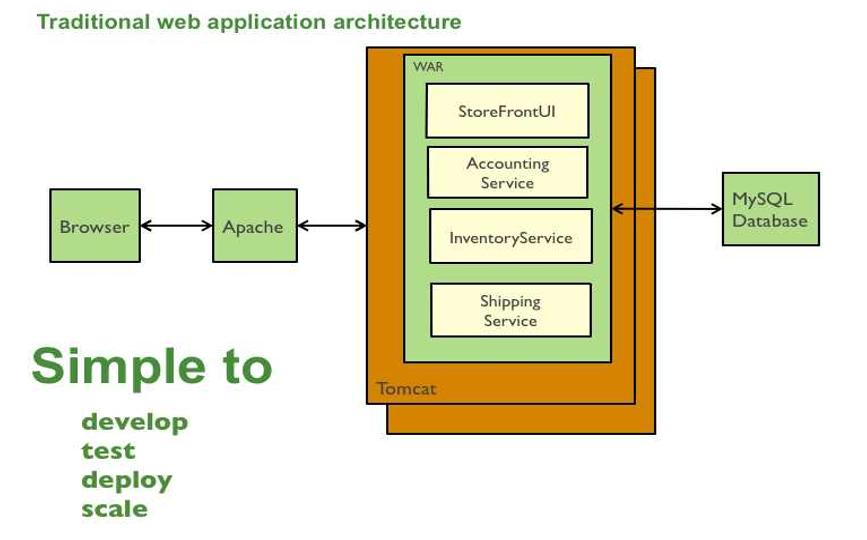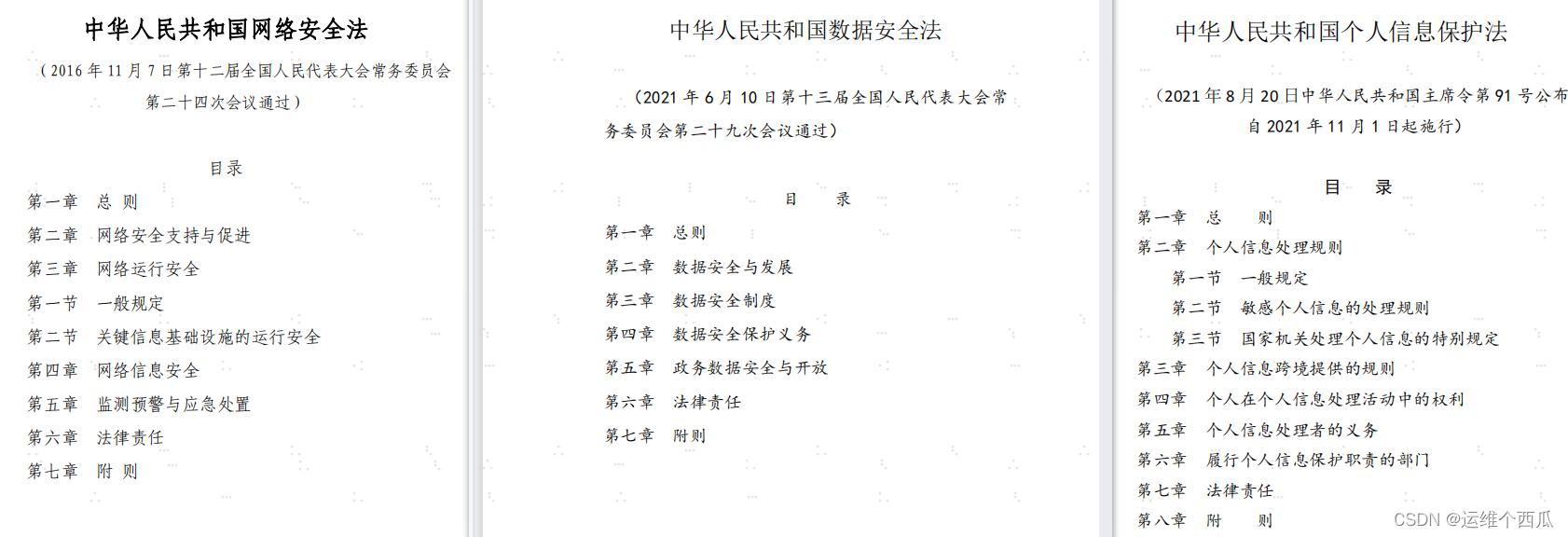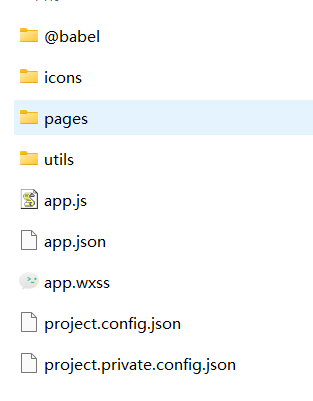1.可变类型和不可变类型
python的类型根据值是否可变分为两类
可变类型:列表、字典、集合等 值可以改变
不可变类型:数字、字符串、元组等 值不可以改变
注意:可变类型对象和不可变类型对象都不能更改类型本身
2.遍历列表
2.1正序遍历
提前通过len函数获取元素总数,然后从0开始循环至元素总数-1
# 遍历列表的所有元素(提前获取元素总数)
x = ['John', 'George', 'Paul', 'Ringo']
for i in range(len(x)):
print(i, x[i])
使用enumerate函数成对取出索引和元素,然后进行循环
使用enumerate函数遍历列表的所有元素
x = ['John', 'George', 'Paul', 'Ringo']
for i, name in enumerate(x):
print(i, name)
使用enumerate函数成对取出索引和元素,然后进行循环(从1开始计数)
使用enumerate函数遍历列表的所有元素(从1开始计数)
x = ['John', 'George', 'Paul', 'Ringo']
for i, name in enumerate(x, 1):
print(i, name)
遍历列表的所有元素(不使用索引值)
# 遍历列表的所有元素(不使用索引值)
x = ['John', 'George', 'Paul', 'Ringo']
for i in x:
print(i)
2.2逆序遍历
利用分片实现逆序遍历
# 反向遍历并输出字符串内的所有字符
x = ['John', 'George', 'Paul', 'Ringo']
for i in x[::-1]:
print(i)
使用函数enumerate反向遍历并输出字符串内的所有字符
x = ['John', 'George', 'Paul', 'Ringo']
for i, name in enumerate(reversed(x)):
print(i, name)
使用函数enumerate反向遍历并输出字符串内的所有字符(从1开始)
x = ['John', 'George', 'Paul', 'Ringo']
for i, name in enumerate(reversed(x), 1):
print(i, name)
注意:
将x修改为字符串x ='JohnGeorgePaulRingo'、元组x = ('John', 'George', 'Paul', 'Ringo')和集合x = {'John', 'George', 'Paul', 'Ringo'},可以实现对字符串、元组和集合的遍历
